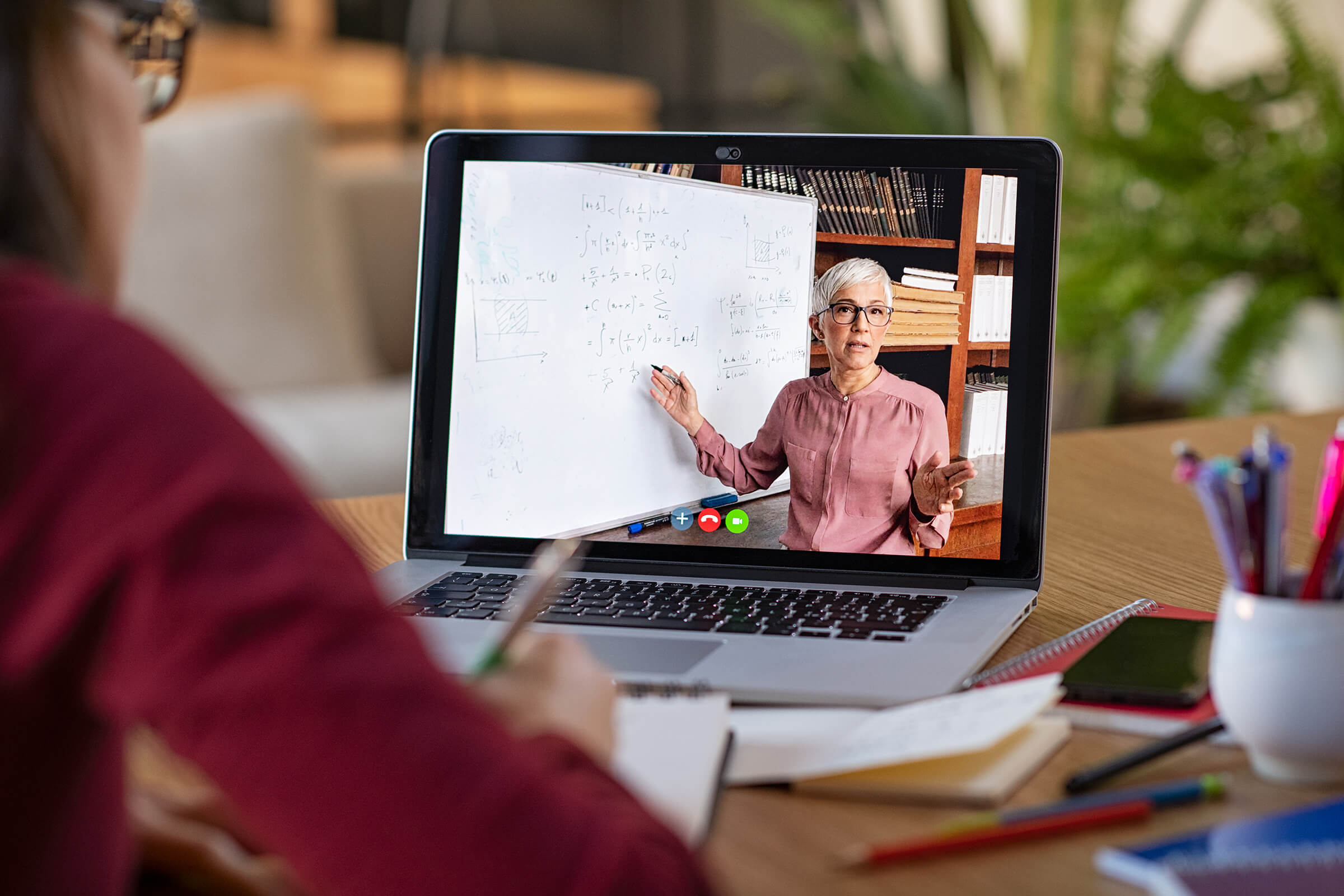
Hybrid learning, which blends traditional in-person education with digital tools and online learning, has gained significant traction in schools around the world, particularly in response to the COVID-19 pandemic. In the UK, the concept of hybrid learning has evolved from a necessity during lockdowns to a model that can offer greater flexibility, personalised learning, and access to diverse educational resources. This report explores the future of hybrid learning in UK schools, analysing its benefits, challenges, and the potential it holds for transforming education in the years ahead.
What is Hybrid Learning?
Hybrid learning refers to an educational model that combines face-to-face classroom instruction with online learning. This model allows students to engage with content, participate in discussions, and complete assignments both in physical classrooms and through digital platforms. The primary aim of hybrid learning is to create a flexible learning environment that accommodates various learning styles and needs.
In the context of UK schools, hybrid learning can encompass a wide range of approaches, such as:
- Blended Learning: A combination of online lessons and in-person classes.
- Flipped Classrooms: Students access instructional content online before class and use class time for active discussions or collaborative work.
- Asynchronous Learning: Learning activities that students complete independently, at their own pace, without needing to be online at the same time as the teacher.
- Synchronous Learning: Real-time online classes or lessons that occur at scheduled times, complementing in-person instruction.
Benefits of Hybrid Learning in UK Schools
The adoption of hybrid learning in UK schools has the potential to offer several benefits, including increased flexibility, access to a broader range of resources, and improved personalised learning. Below are some key advantages:
- Increased Flexibility for Students and Teachers: Hybrid learning offers flexibility for students who may have different learning preferences or require different learning environments. For instance, students who need extra time to grasp certain concepts can review recorded lessons or access additional resources online. On the other hand, students who thrive in face-to-face interactions can continue to benefit from traditional classroom experiences. Teachers, too, can leverage digital tools to customize lessons, making learning more inclusive.
- Personalized Learning: One of the most promising aspects of hybrid learning is the potential for personalization. With access to digital resources, students can engage in self-paced learning, revisit lessons, and take advantage of adaptive learning technologies that adjust the difficulty level based on their performance. This creates an opportunity for tailored educational experiences that better meet individual learning needs.
- Access to Global Learning Resources: Hybrid learning expands access to a wealth of resources beyond traditional textbooks. Students can engage with online courses, virtual field trips, digital simulations, and interactive content that might not otherwise be available within the confines of a physical classroom. This broadens their learning opportunities and exposes them to diverse perspectives and expertise from around the world.
- Enhanced Collaboration and Engagement: Digital platforms can facilitate collaboration among students, even when they are not physically in the same location. Tools such as discussion boards, collaborative document editing, and virtual group projects can foster teamwork and communication skills. This is particularly beneficial for group-based tasks and collaborative problem-solving.
- Continuity of Education: Hybrid learning offers greater resilience in the face of unforeseen disruptions, such as school closures due to extreme weather events or pandemics. With the capability to seamlessly transition between in-person and online learning, schools can continue educating students even during challenging circumstances, ensuring that learning does not come to a halt.
- Improved Digital Literacy: The increased reliance on technology for learning gives students the opportunity to develop important digital skills, preparing them for future careers where digital literacy is increasingly essential. In a hybrid learning environment, students are exposed to a variety of digital tools, platforms, and software, fostering both technical and critical thinking skills.
Challenges of Hybrid Learning in UK Schools
Despite the numerous benefits, hybrid learning also presents several challenges that schools must address to ensure its effectiveness and sustainability.
- Equity and Access to Technology: One of the most significant challenges of hybrid learning is ensuring that all students have access to the necessary technology and internet connections. While many students have access to personal devices, others may lack reliable internet access, appropriate hardware, or the technological skills needed to fully engage in online learning. Disparities in access can exacerbate inequalities, particularly in disadvantaged areas, and can lead to students being left behind.
- Teacher Training and Support: While hybrid learning offers exciting possibilities, it requires teachers to possess a diverse skill set that goes beyond traditional classroom teaching. Teachers need professional development in the effective use of digital tools, online teaching strategies, and managing blended classrooms. Ongoing training and support are crucial to ensure that teachers can navigate the complexities of hybrid learning and deliver high-quality instruction.
- Student Engagement and Motivation: Maintaining student engagement in a hybrid learning environment can be challenging, especially when students are not physically present in the classroom. Without direct interaction, some students may struggle with motivation, focus, and accountability. Teachers need to find innovative ways to keep students engaged, such as using interactive content, gamification, and real-time feedback.
- Assessment and Monitoring Progress: In a hybrid learning model, monitoring student progress and assessing their understanding can be more complex. Teachers must find ways to evaluate both in-person and online learning effectively. This may involve adapting assessment methods, such as using a combination of quizzes, project-based assessments, and peer reviews, and ensuring that students can demonstrate their learning in different formats.
- Managing Workload: The hybrid learning model can sometimes increase the workload for teachers. They need to prepare both in-person lessons and online content, manage virtual classrooms, and monitor students’ progress across multiple platforms. This can lead to burnout if not carefully managed. Schools must ensure that teachers have the necessary time, resources, and support to balance their responsibilities.
The Future of Hybrid Learning in UK Schools
Looking ahead, hybrid learning is poised to play a major role in shaping the future of education in the UK. Several trends and developments suggest that hybrid learning will become an increasingly important component of the educational landscape.
- Integration of Advanced Technology: The future of hybrid learning will likely see the integration of more advanced technologies such as artificial intelligence (AI), virtual reality (VR), and augmented reality (AR). These technologies have the potential to transform learning experiences, making them more immersive, interactive, and personalized. For example, VR could enable students to explore historical sites or conduct virtual science experiments, while AI-powered tools could provide real-time feedback and tailored learning pathways.
- Greater Personalization and Adaptive Learning: As educational technologies continue to evolve, hybrid learning models will become more personalized. AI and machine learning algorithms could be used to analyze students’ learning habits, identify strengths and weaknesses, and create customized learning plans. This would help ensure that every student has the opportunity to learn at their own pace and in a way that suits their individual needs.
- Blended Classroom Models: Schools may move towards more flexible blended models, where students can choose how they learn. For example, some students may attend physical classes full-time, while others may prefer to participate in hybrid learning part-time. Schools could offer students the option to attend school in person or continue their education online, depending on their personal circumstances and preferences.
- Collaborations with External Providers: In the future, UK schools may increasingly collaborate with external providers, such as universities, educational platforms, and private companies, to offer high-quality online courses and resources. This could broaden students’ access to specialized subjects, advanced learning opportunities, and expertise from various fields.
- Focus on Wellbeing and Social Connections: As hybrid learning becomes more widespread, schools will need to place a greater emphasis on student wellbeing and social connections. Ensuring that students are not isolated while learning online and that they still have opportunities for peer interactions will be essential. Schools may introduce virtual social events, mentorship programs, and online communities to support students’ mental health and sense of belonging.
The future of hybrid learning in UK schools holds great promise, with the potential to enhance flexibility, personalisation, and access to global resources. While there are challenges related to equity, teacher training, and student engagement, the continued development and refinement of hybrid learning models can help address these issues. As technology evolves and the demand for more flexible learning experiences grows, hybrid learning is set to become an integral part of the educational landscape in the UK. By harnessing the power of digital tools and ensuring that all students and educators have the necessary support, the UK can create a more inclusive, resilient, and innovative education system for the future.

